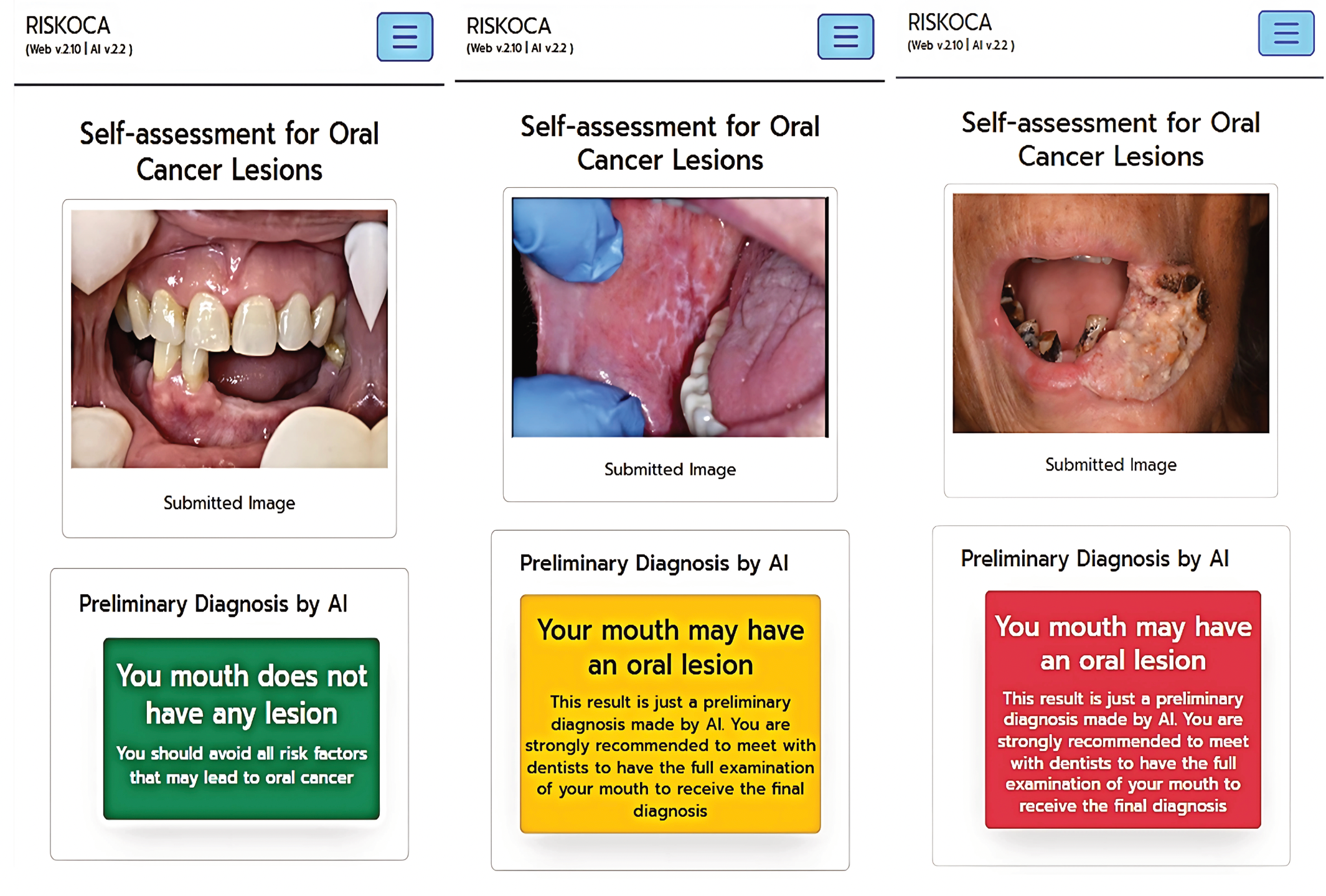Oral cancer often hides until treatment is difficult and costly. To catch it sooner, Dr Mansuang Wongsapai’s team turned village smartphones into screening tools.
Trained volunteers photograph residents’ mouths during home visits; each encrypted image—smaller than a holiday selfie—uploads over basic mobile links to a secure server, where an AI model, trained on regional cases, flags suspicious spots.
The app then shows a simple traffic light: green = check next year, yellow = local follow-up, red = clinic visit arranged by the provincial health office. In its first season, more than 1,000 adults were screened and 19 high-risk cases reached care—no expensive gear, no long travel, just timely protection.

Aggregated images quickly expose trends officials can act on. Early runs showed suspect lesions clustering in betel-nut chewers over forty, prompting radio spots, market posters, and sugar-free product trials in local shops.
A heat map of unscreened villages let volunteers schedule visits efficiently, so no community was missed. Privacy is embedded: faces and GPS tags are removed on the phone, and the server handles only encrypted copies. Researchers see statistics—not identities—yet still refine the model. Next, short tobacco- and alcohol-use surveys will link habits to lesions and sharpen advice.
Dr Wongsapai’s goal is simple: postcode or income should never decide when oral cancer is caught.

